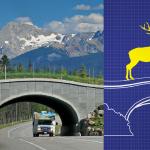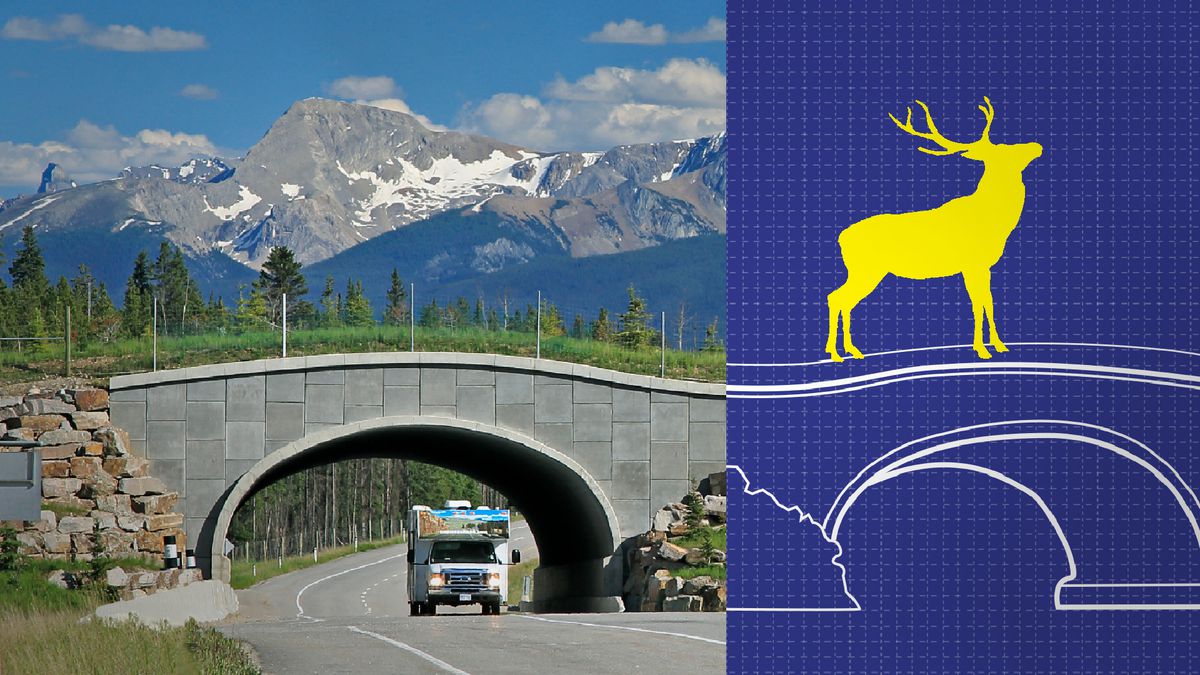Wildlife Crossing Advocacy Group
While animal-vehicle collisions rarely cost lives, the total annual cost in damages is over $8 Billion per year. More than one million collisions with large animals occur annually within the US.
There are relatively few wildlife crossings in the United States compared with Western Europe and Canada, but here are a few reasons we should advocate for the construction of more:
These structures are effective in reducing collisions.
Several studies have shown that mitigation systems involving crossing structures, where they have been installed correctly, have reduced collisions between vehicles and various animal species by upwards of 70 percent.
They reconnect wildlife habitats
Besides the risk for roadkill, roads harm animals by fragmenting their habitats and making it difficult to find food, mates, and other essentials of life. If events such as a forest fire damage strain resources on one side of the highway, the effect is even more acute.
Structures are not only effective - They are cost-effective
A cost-benefit analysis determined that the break-even point for installing a mitigation system using underpasses and fencing is 3.2 annual deer collisions per kilometer. That means that installing a crossing system using underpasses will be a cost-effective investment on any kilometer of road where more than 3.2 deer-vehicle collisions occur per year.
"We spend $8 billion a year running over wildlife. If we took that cost and quartered it, we could build 200 animal crossings a year, and the problem of roadkill would disappear within a generation."
- TED ZOLI, BRIDGE ENGINEER AND MACARTHUR FELLOW










